Tips: What’s The Best Time To Visit Montenegro?
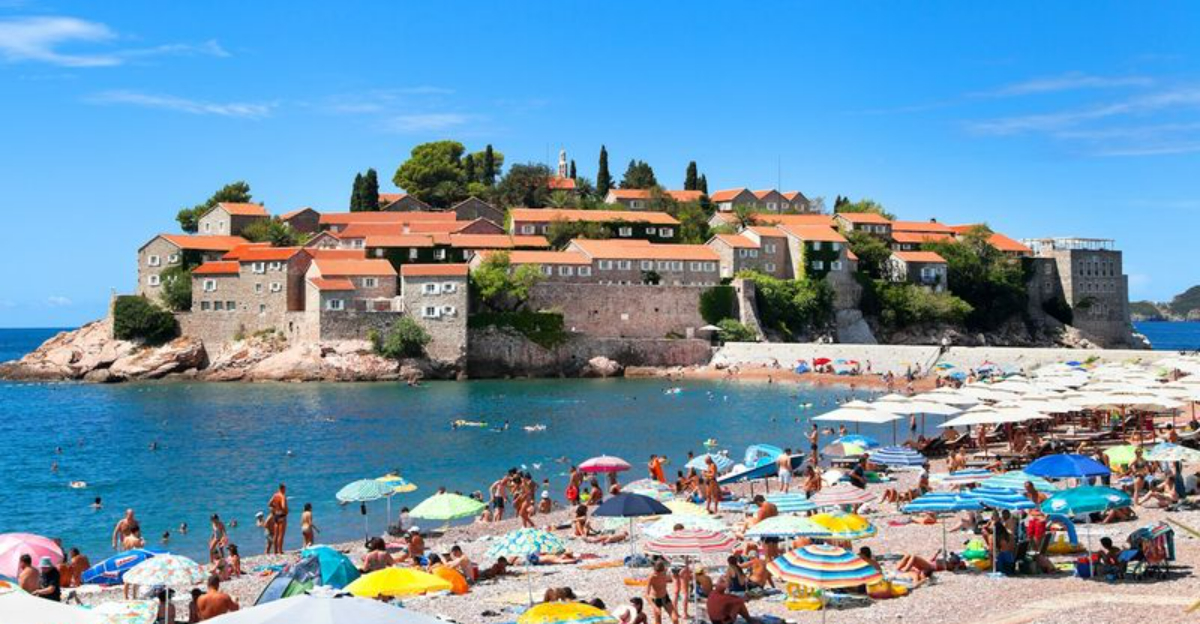
Montenegro, a tiny Balkan gem, offers stunning coastlines, rugged mountains, and rich history packed into one compact country. Choosing when to visit can make or break your experience since weather, crowds, and prices vary dramatically throughout the year.
I’ve explored this beautiful country several times and discovered that timing is everything when planning your Montenegrin adventure.
1. Golden Shoulder Season (May & September)

My favorite time to visit! The weather remains pleasantly warm (70-80°F/21-27°C) while the summer crowds have thinned out significantly. You’ll find accommodations at half the peak-season price.
Swimming is still delightful in September when the sea retains its summer warmth. May offers wildflowers blooming across mountain meadows. These months strike that perfect balance between good weather and breathing room at major attractions.
2. Budget-Friendly Spring (March-April)
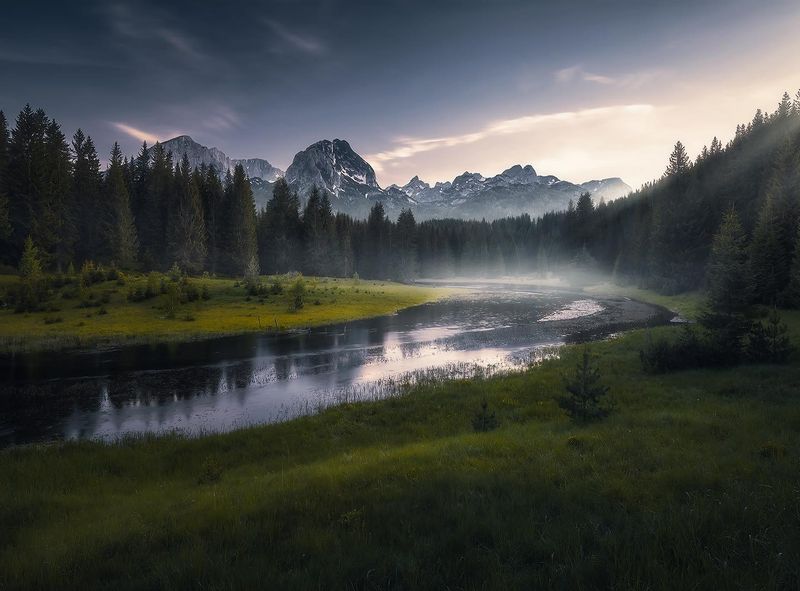
Spring awakens Montenegro with vibrant greenery and flowing waterfalls. Temperatures range from 50-65°F (10-18°C), ideal for hiking without summer’s scorching heat.
Hotel rates hit rock bottom during these months, and you’ll have many attractions practically to yourself. Though swimming might be too chilly for most, this season unveils a different Montenegro – one where locals outnumber tourists and authentic experiences abound.
3. Mild Winter Escapes (October-February)
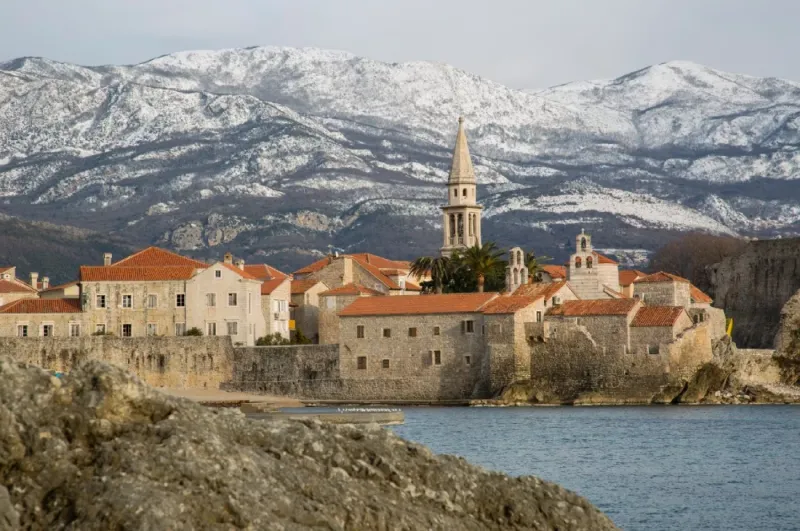
Winter paints Montenegro in a completely different light. The coastal areas remain surprisingly mild (45-55°F/7-13°C) while the northern mountains transform into budget-friendly ski destinations.
Kotor and Budva become peaceful versions of their summer selves. You’ll find locals gathering in cafés rather than catering to tourists. December brings charming Christmas markets to Podgorica and Kotor, offering a glimpse into authentic Montenegrin holiday traditions.
4. Festival Season (July-August)

Music lovers should mark their calendars for Montenegro’s vibrant summer festival scene. The Sea Dance Festival brings international DJs and thousands of revelers to Budva’s beaches each August.
Throughout coastal towns, you’ll encounter impromptu concerts, traditional dance performances, and food festivals celebrating local cuisine. These cultural celebrations offer a perfect counterbalance to beach days. Though accommodation prices peak during festivals, the memories are worth every euro.
5. Summer Sunshine (June-August)
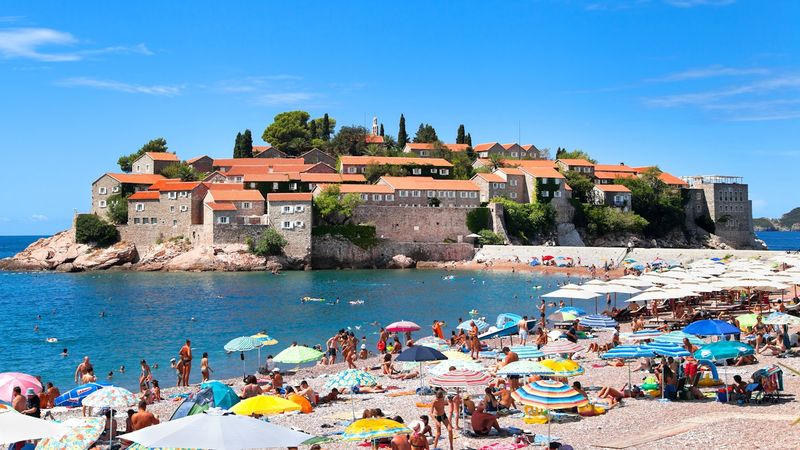
Peak season transforms Montenegro’s coastline into a buzzing playground of beach parties and sailing adventures. Temperatures hover around 85°F (29°C), perfect for swimming in the crystal-clear Adriatic.
Keep in mind that popular spots like Budva and Kotor become incredibly crowded, with hotel prices doubling or even tripling. If you’re after vibrant nightlife and don’t mind sharing beaches with thousands of others, summer won’t disappoint.
6. Hiking Paradise (April-June & September-October)
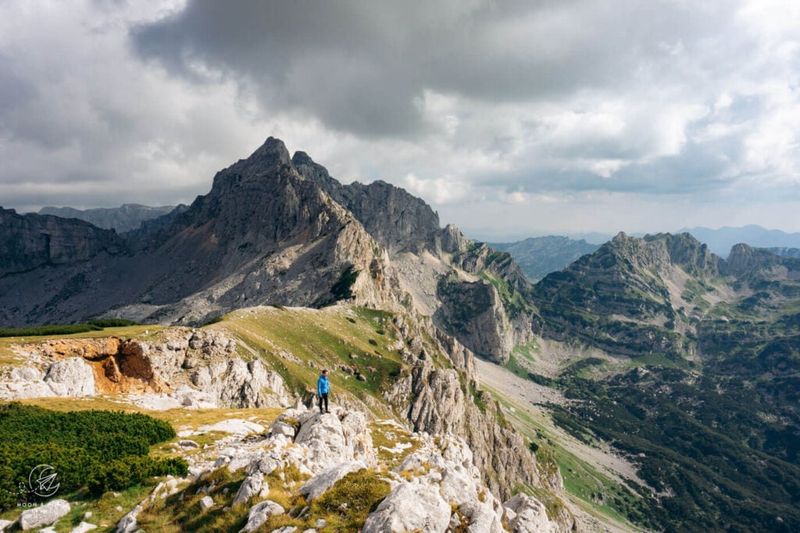
If hiking tops your agenda, aim for late spring or early autumn. These seasons offer ideal temperatures (60-75°F/15-24°C) for exploring Montenegro’s five national parks without summer’s sweltering heat or winter’s challenging conditions.
Durmitor National Park showcases dramatic landscapes with fewer visitors than summer months. Wildlife spotting improves as animals become more active. Pack layers though – mountain weather can change rapidly, especially in higher elevations where snow can linger into June.
7. Sailing Sweet Spot (June & September)
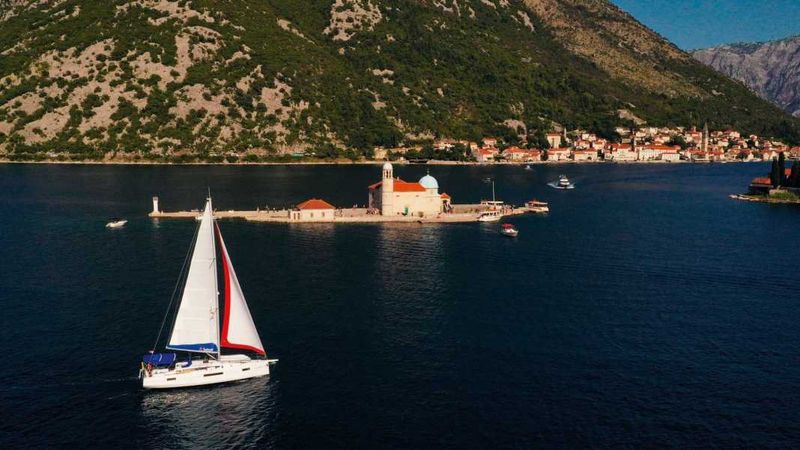
For sailing enthusiasts, early June and September hit the perfect sweet spot. The Adriatic Sea warms to comfortable swimming temperatures while winds remain reliable for sailing – unlike July and August when calm days can leave you motionless.
Marina fees drop significantly compared to peak season. You’ll find secluded coves that become impossibly crowded in high summer now accessible for private anchoring. The Bay of Kotor, with its fjord-like beauty, becomes significantly more navigable without the summer flotilla of tour boats.
